
Magnet Capital have today announced that they have become patrons of the NACFB, just 15 months after their official launch.
CEO Ashley Ilsen commented, “I’ve worked with the NACFB for many years whilst at a previous lender and their work is consistently excellent in representing our industry. We as an industry need to band together in order to continue to improve our standards and our practices and I believe the NACFB lead the way in helping to demonstrate how best to do this. It’s a wonderful nod of approval to have been accepted as a patron of the organisation so soon after our launch and a testament to the extensive experience and stellar reputation of the Magnet Capital team.”

As a specialist provider of development finance, we believe that our niche offering will be invaluable to development finance brokers. We are extremely service driven and have a very powerful funding line behind us that most importantly allows us to move very quickly when it comes to assisting with a development deal. We are one of few lenders that meets every single individual that we lend to, which may seem slightly old fashioned to some, however I believe that genuine relationships are built only by face to face meetings.”
Managing Director Sam Howard commented “we have always believed in the power of trade associations, such as the NACFB to bring the short-term finance community together and uphold first class standards across the industry across all the stakeholders. We are delighted to become a patron and be part of this movement.
NACFB Managing Director, Norman Chambers said: “We’re thrilled to welcome Magnet at the latest lender Patron of the Association. Magnet will be familiar to many of our 1077 brokerages as they have previously exhibited at our annual Commercial Finance Expo.
“I’m delighted they have taken the next step in becoming Patrons of the trade body and we very much look forward to working with Ashley and the team in 2020.”
Magnet Capital recently announced that they have added two new recruits to their growing team.

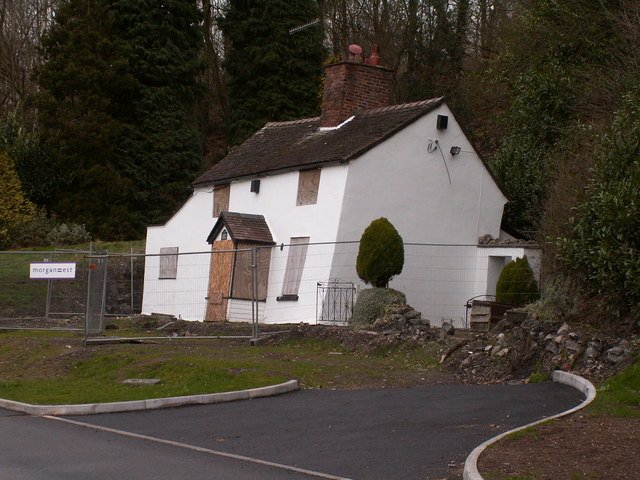
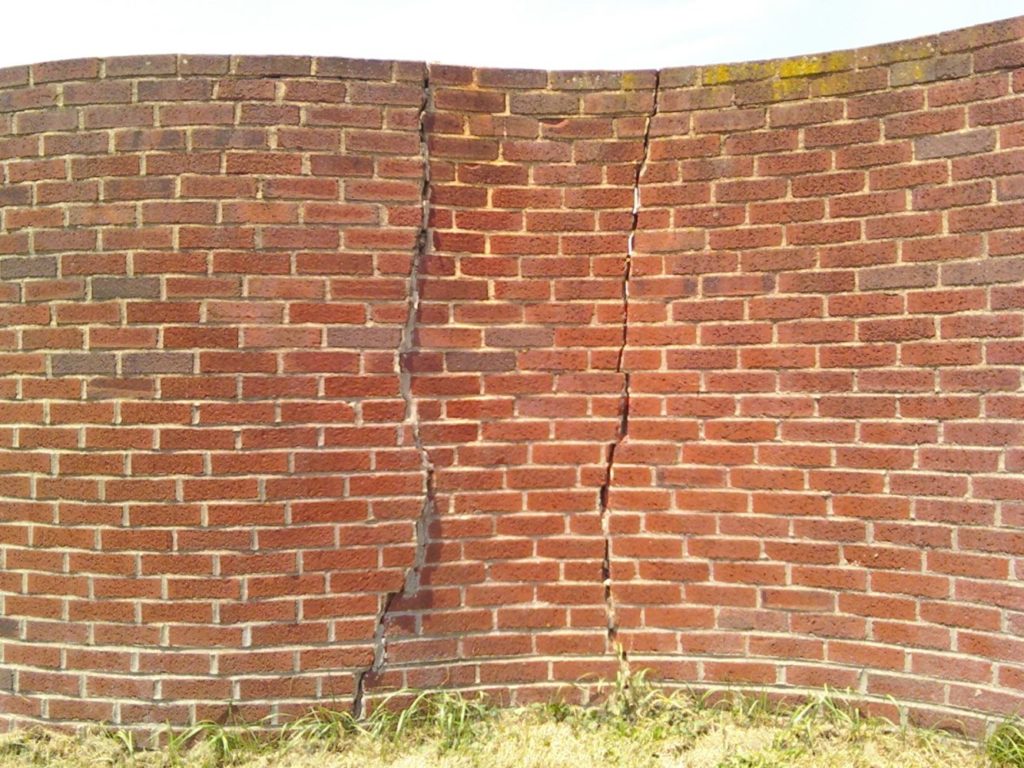
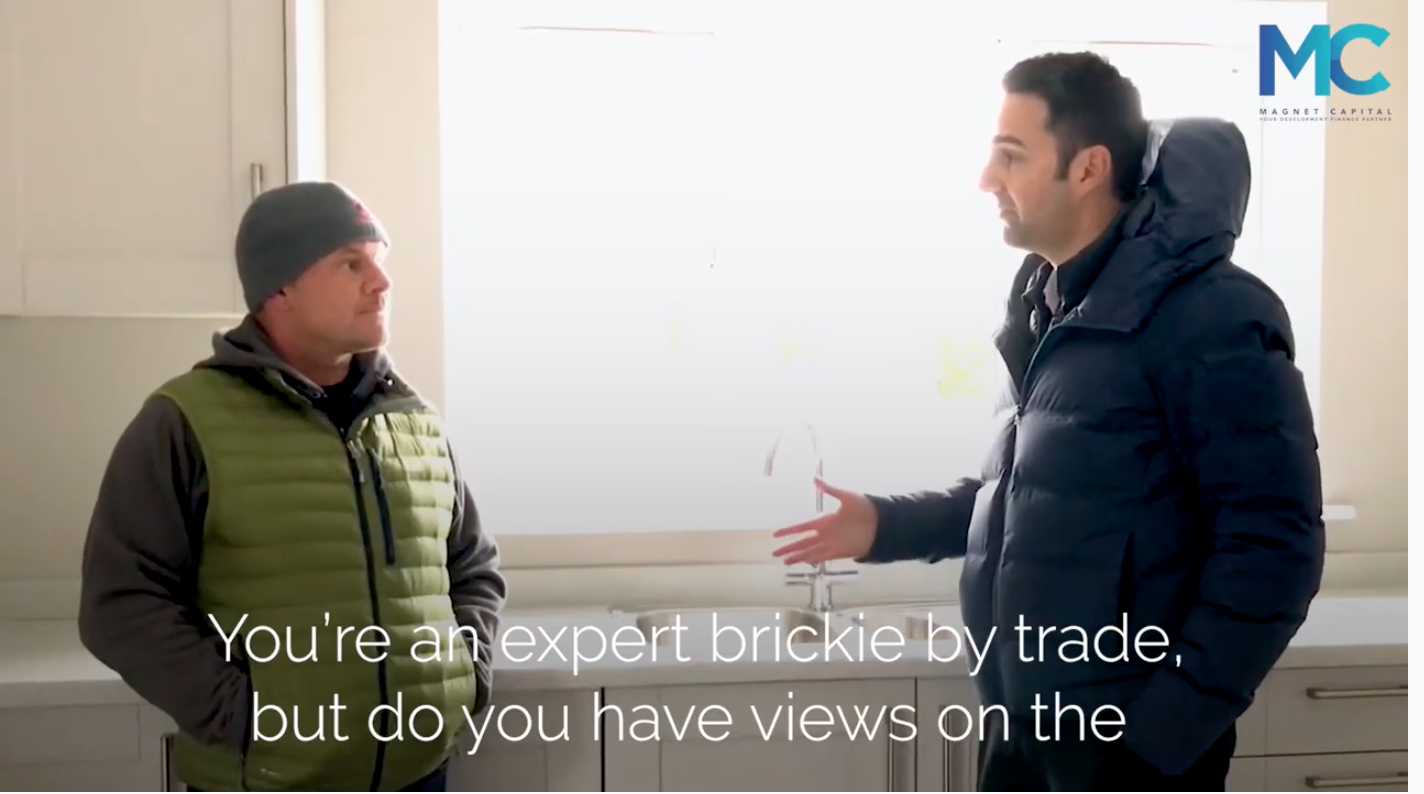
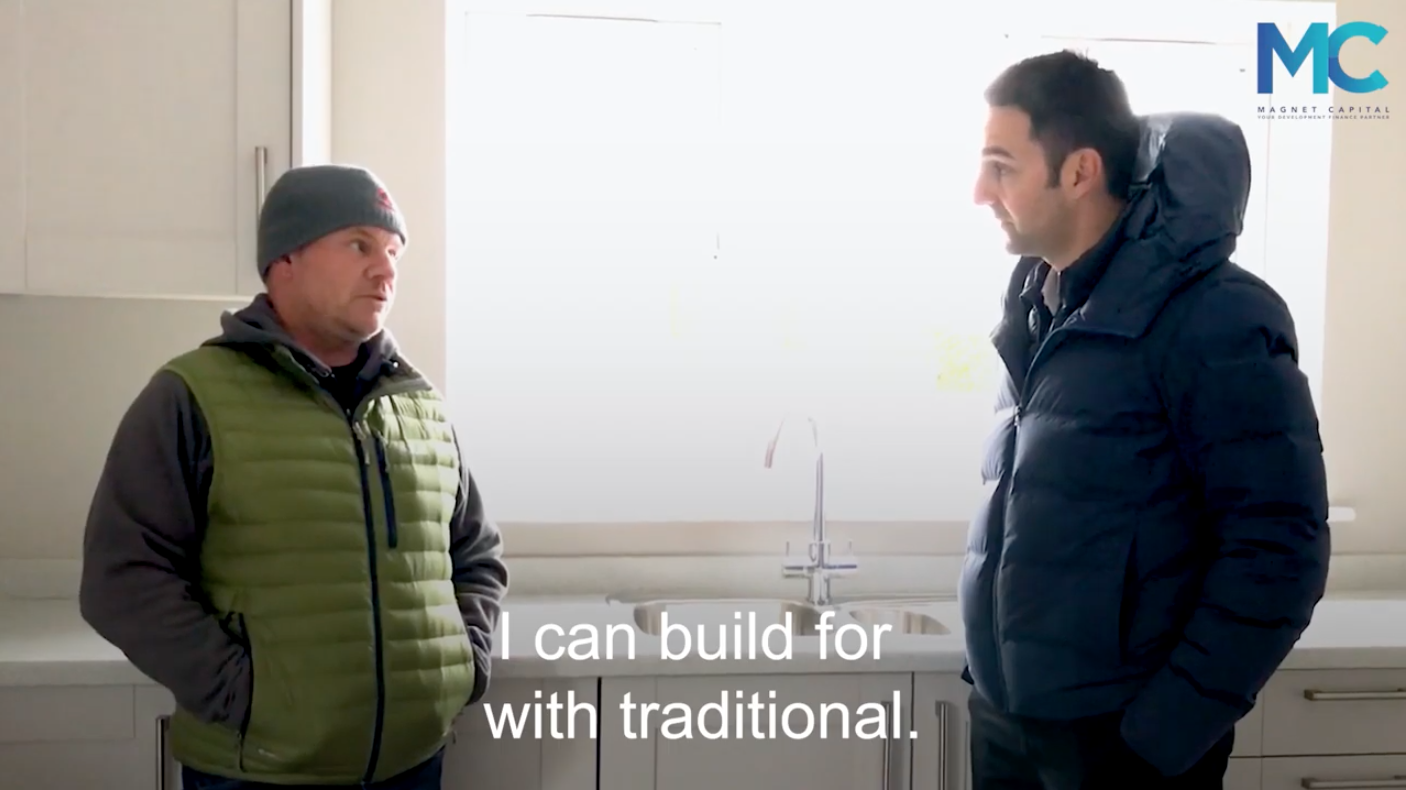




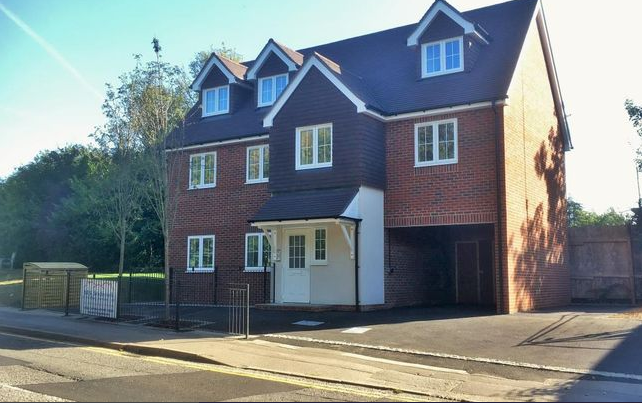








Recent Comments